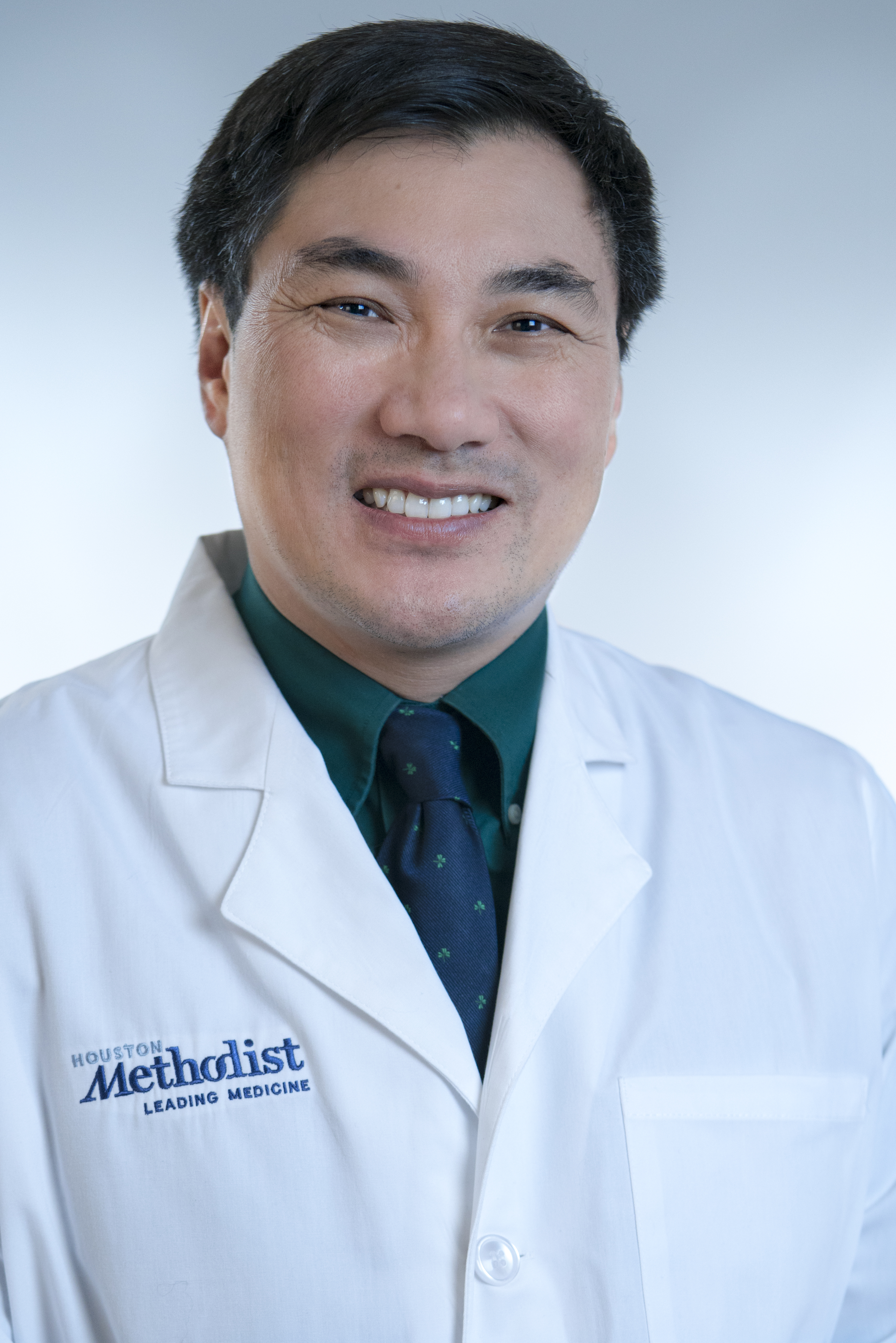Andrew G. Lee, M.D. | Source | Houston Methodist

Andrew G. Lee, M.D.
Chair, Department of Ophthalmology, Houston Methodist Hospital. Dr. Lee is interested in optic nerve disorders and, in particular, tumors of the optic nerve. He serves on the editorial boards of 12 journals including the American Journal of Ophthalmology, Canadian Journal of Ophthalmology, and Eye and is the Editor in Chief of the Journal of Academic Ophthalmology. Resident training is a particular interest of Dr. Lee. He has published several papers on teaching and competency testing methods in ophthalmology residency programs.
-
If You’re Seeing Spots or Flashes In Your Vision, It Could Be an Ocular Migraine
It’s scary when they happen, but the type of migraine is temporary.
Article -
Neuromyelitis Optica vs. Multiple Sclerosis
Often confused with each other, these two central nervous system disorders have some of the same symptoms. They affect your spinal cord and optic nerves but are treated differently.
Article -
First and Goal: Neuro-Ophthalmic Training Program Helps NFL Game Officials Make the Call | Houston Methodist Leading Medicine Blog
Dr. Andrew Lee, chair of Ophthalmology at Houston Methodist, has partnered with the NFL to create a neuro-ophthalmic training program for referees to strengthen accuracy and performance.
Article
-
Managing Thyroid Eye Disease: Expert Insights from Dr. Andrew Lee
Dr. Lee emphasizes that TED, linked to thyroid abnormalities, can worsen with stress and smoking. "The most important risk factors for TED are smoking and control of the thyroid status." Adhering to medication and managing diet, particularly selenium deficiency, are key. Understanding these factors can help manage TED effectively.
-
“Sometimes the visual effect is described as colored or flashing (scintillating),” he says.
“Most of these so-called ‘ocular migraines’ are actually retinal vasospasm [the narrowing of blood vessels] and not true migraine headaches.”
-
"The concepts of ocular motility play a large role in professional sports officiating, whether participants realize it or not," Dr. Lee says. "Referees perform in real-time, high-stress conditions, with significant financial and social implications for a multi-billion-dollar sporting industry. Our goal is to give them a vocabulary to discuss their challenges as well as science-based tips that will make their jobs a little easier to perform."
-
"The smaller a ball is, the more it can fit into the eye socket without hitting the bone. That's why smaller balls like racquetballs and squash balls are actually more likely to cause direct eye injury than tennis balls, footballs, or baseballs, which are bigger."
"Obviously, the incidence is going to increase with the increasing number of pickleball players," he added.




